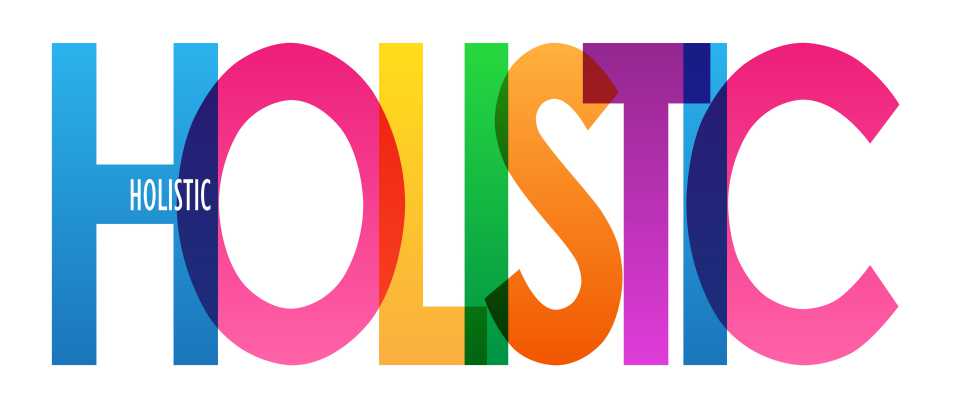Massage therapy has been practiced for centuries, with both Eastern and Western cultures developing their own unique approaches to the practice. The origins of Eastern massage can be traced back to ancient China and India, where it was closely tied to the principles of Traditional Chinese Medicine and Ayurveda, respectively. These ancient healing systems emphasized the importance of balancing the body’s energy, or qi, through techniques such as acupressure and yoga. In contrast, the origins of Western massage can be linked to the ancient Greeks and Romans, who incorporated massage into their medical treatments and athletic training regimens.
In Eastern cultures, massage was seen as a holistic approach to health and wellness, with a focus on restoring harmony and balance within the body. The Eastern massage was rooted in the idea that the mind, body, and spirit are interconnected, and that physical ailments could be treated by addressing the underlying energetic imbalances. Conversely, Western massage traditionally placed a greater emphasis on the physical manipulation of muscle tissue, with the goal of relieving tension and promoting relaxation. The techniques used in Western massage were based on anatomical knowledge and the understanding of how the body’s soft tissues respond to various forms of touch and pressure.
Over time, the practice of massage therapy has evolved and integrated elements from both Eastern and Western traditions. Today, many massage therapists are trained in a variety of techniques and modalities, allowing them to provide a customized approach to meet the specific needs of each client. Whether one prefers the gentle, flowing movements of Eastern massage or the targeted, deep pressure of Western massage, both traditions offer valuable therapeutic benefits for individuals seeking to improve their overall well-being.
Eastern vs Western Massage (Differences in Philosophy and Technically)
Eastern massage is rooted in ancient Eastern philosophies and practices, including traditional Chinese medicine and Ayurveda. The philosophy behind Eastern massage is based on the belief that the body is connected to the mind and spirit, and that energy, or qi, flows through the body along specific pathways. Practitioners of Eastern massage aim to balance and harmonize the body’s energy flow to promote overall health and well-being.
One of the key techniques used in Eastern massage is acupressure, which involves applying gentle pressure to specific points on the body to release blockages and encourage the flow of qi. Another common technique is Tui Na, a form of Chinese manipulative therapy that uses rhythmic compression techniques along energy channels in the body. These techniques are designed to promote relaxation, relieve tension, and improve circulation.
In addition to physical techniques, Eastern massage often incorporates spiritual elements, such as meditation, breathing exercises, and visualization practices. These practices are intended to promote a sense of balance and harmony within the body, mind, and spirit, and to encourage the free flow of energy throughout the body.
When it comes to the philosophy and techniques of Western massage, it is important to understand that the focus is primarily on muscle manipulation and relaxation. Western massage techniques are designed to target specific muscles and relieve tension through various forms of manipulation such as kneading, rubbing, and friction. The philosophy behind Western massage is rooted in the idea that targeting muscle groups can help alleviate pain and improve overall physical well-being.
In Western massage, practitioners often use oil or lotion to reduce friction and allow for smooth, gliding movements. This approach emphasizes the physical aspects of relaxation and stress relief, with a strong emphasis on relieving muscle tension and promoting overall physical health. Techniques such as Swedish massage and deep tissue massage are common forms of Western massage that showcase the philosophy of muscle manipulation and relaxation.
Western massage also often incorporates the use of tools such as massage balls, rollers, and other equipment to help with muscle manipulation and release. The focus on using these tools and techniques to target specific muscle groups aligns with the philosophy of Western massage, which is centered around the idea of physical relaxation and tension relief through muscle manipulation.
The philosophy and techniques of Western massage highlight the focus on physical well-being and muscle relaxation, incorporating specific methods and tools to achieve these goals. The emphasis on muscle manipulation and targeting specific areas sets Western massage apart from Eastern massage practices, which may have different philosophies and techniques when it comes to promoting relaxation and overall well-being.
Focus On Energy Flow In Eastern Massage
Eastern massage techniques focus on the concept of energy flow, also known as qi or chi. The philosophy behind Eastern massage, such as Shiatsu or Thai massage, is based on the belief that the body’s energy, when disrupted, can lead to physical and emotional imbalances. By focusing on energy flow, Eastern massage aims to restore balance and harmony within the body.
One of the key principles of Eastern massage is the use of acupressure points to release blockages in the body’s energy pathways. This is believed to promote healing and enhance overall well-being. In addition, Eastern massage often incorporates stretching and joint manipulation to improve flexibility and promote the flow of energy throughout the body.
By understanding the body’s energy meridians and applying specific techniques to stimulate them, Eastern massage therapists aim to promote physical, mental, and emotional balance. This holistic approach to healing is a fundamental aspect of Eastern massage practices.
Overall, Eastern massage techniques place a strong emphasis on energy flow and the interconnectedness of the mind, body, and spirit. This focus on energy alignment sets Eastern massage apart from the more anatomy-based and muscle-centric approach of Western massage.
Focus On Muscle Manipulation In Western Massage
Western massage techniques focus on the manipulation of muscles to relieve tension and promote relaxation. The primary goal of Western massage is to address physical discomfort, enhance mobility, and improve overall muscle function. This approach involves techniques such as kneading, deep tissue massage, and myofascial release to target specific muscle groups and alleviate tightness.
During a typical Western massage session, the therapist may apply deep pressure to areas of tension, using their hands, elbows, and forearms to work on the deeper layers of muscle tissue. This targeted approach is designed to break up adhesions and release trigger points, ultimately promoting greater flexibility and mobility in the muscles.
By focusing on muscle manipulation, Western massage techniques are effective in addressing chronic pain, reducing inflammation, and improving overall muscle function. This approach is particularly beneficial for individuals who engage in strenuous physical activity or experience ongoing muscular discomfort.
Overall, the emphasis on muscle manipulation in Western massage makes it a valuable therapeutic practice for those seeking relief from specific muscular tension and discomfort.

Benefits And Outcomes Of Eastern Vs Western Massage
When it comes to comparing Eastern vs Western Massage, it is important to note that both have unique approaches and techniques. In the Eastern tradition, massage therapy, such as Thai massage and Shiatsu, focuses on energy flow within the body, aiming to balance the flow of qi or life force. On the other hand, Western massage techniques, including Swedish massage and deep tissue massage, concentrate on manipulating muscles and soft tissues to relieve tension and promote relaxation.
One of the key benefits of Eastern massage is its ability to promote energy flow, relieve stress, and improve overall well-being. By focusing on the body’s energy channels, Eastern massage can help align and balance the flow of energy, leading to a sense of harmony and vitality. In contrast, Western massage is effective in targeting specific muscle groups, addressing muscular pain, and improving flexibility and range of motion.
Furthermore, the outcomes of these two distinct massage traditions can differ based on individual preferences and therapeutic needs. Those seeking a holistic approach to wellness may find Eastern massage beneficial for enhancing energy flow and restoring balance within the body. Conversely, individuals with specific muscular tension or injuries may opt for Western massage to address physical discomfort and improve mobility.
Ultimately, Eastern vs Western Massage each offer unique benefits and outcomes, providing individuals with a variety of options to support their overall health and well-being.
